🎯 AI Roadmap Templates
Templates for product roadmaps, sprints, project overviews, launches and more. Manage where you are going with your product with one of our easy to use templates.
9 templates available
Product Release Roadmap
Create a product release roadmap for your remote team with step-by-step guidance and actionable resources. Make sure your new product launches on-time and on-bu…
How to Visualize Your Product Release Roadmap
Learn how to create an effective product release roadmap and visualize it in a way that's easy to digest. This guide will provide you with the tools and tips to…
Project Roadmap
This project roadmap template is a power tool for organizing, planning and tracking team projects. Use it to break down a project into smaller tasks and identif…
Project Overview
This project overview is a key tool to keeping your team on task and ensuring that nobody loses sight of the primary goals and tasks.
Submit Feature Request
An easy-to-use template for submitting feature requests to help shape the future of your product. Get started now and have your voice heard!
Sprint Roadmap
Plan your sprints using this free sprint roadmap template to keep your team focused on their tasks and collaborating together.
Product Roadmap Feedback
Capture customer feedback to prioritize items, understand customer needs, and create customer-centric product roadmaps.
Mission Impossible—Team Roadmap
Create a roadmap for your mission impossible team with this customizable template. Use it to define team roles, set goals and measure progress, and keep everyon…
Bug Tracker QA
Find, diagnose, and fix bugs in software projects. Improve product quality, minimize release cycles, and manage quality assurance testing.

